How to Make Metal Springs
2022-04-15 13:28:56
Springs are everywhere, you can find them used in commercial & industry, like watches, gun, mattresses, clutches etc. So, you may wonder how many types of springs and how they are made?
Before answering above questions, let’s find out what metal springs are.
Springs are elastic objects that store mechanical energy when subjected to tensile, compressive, bending, or torsional forces.
There are a variety of spring types available, the common spring types include:
●Compression Springs: also known as coil springs, are open-coiled steel wire in a variety of cross sections and forms for linear applications. They offer resistance to a compressive force applied axially
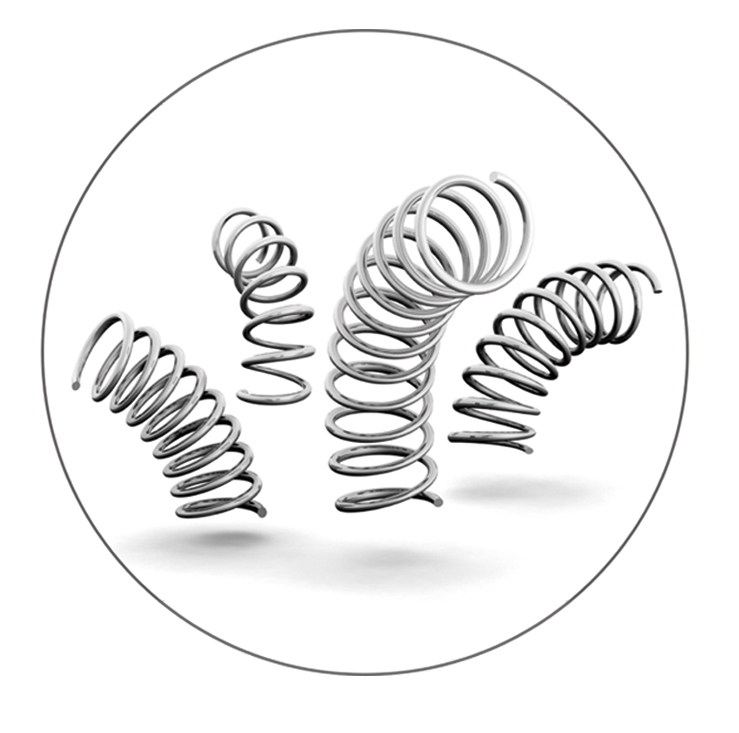
●Extension Springs: also known as tension springs, store energy and exert a pulling force between two mechanisms. When mechanisms separate, the extension spring tries to bring them together again.
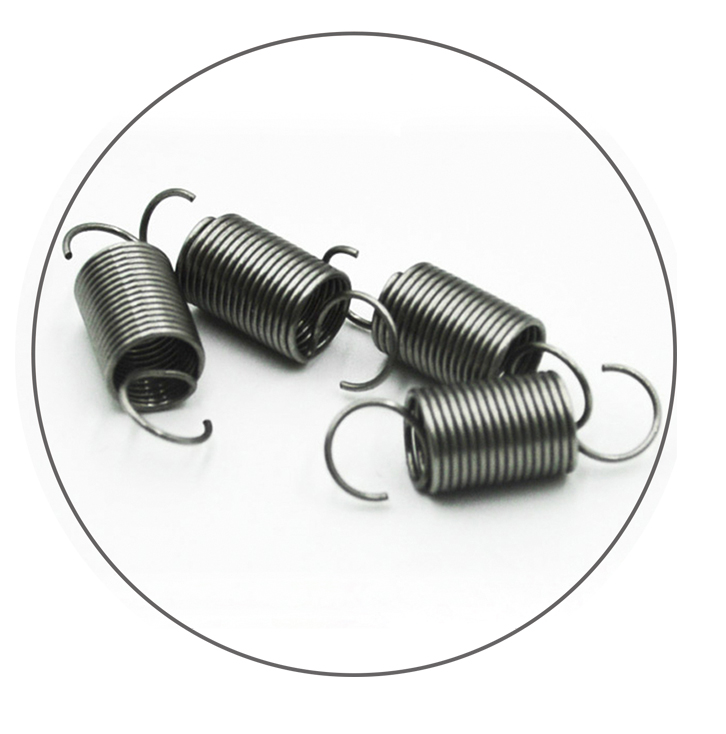
●Torsion Springs: are designed and wound to be actuated rotationally and to provide an angular return force.
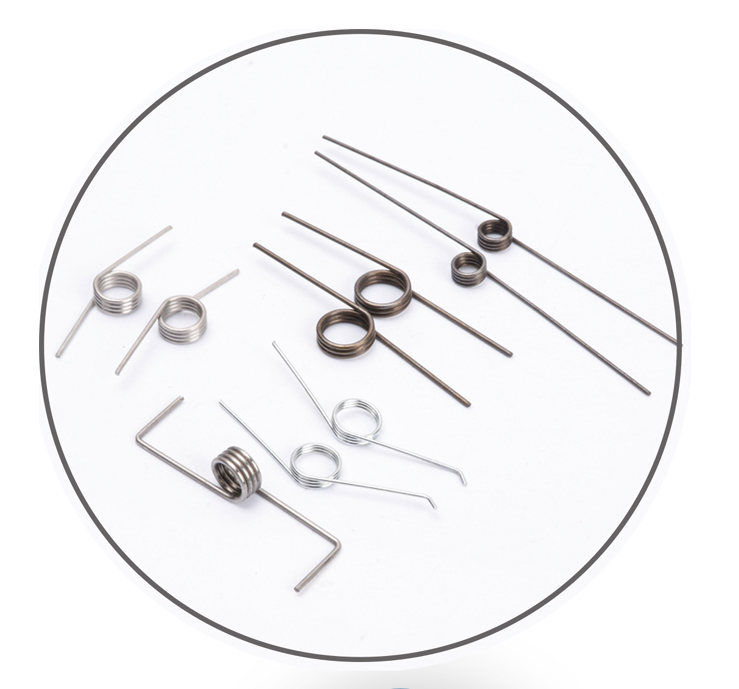
●Constant Force Springs: are manufactured from flat strip material and spooled to a specific curvature matching the needed pull force.
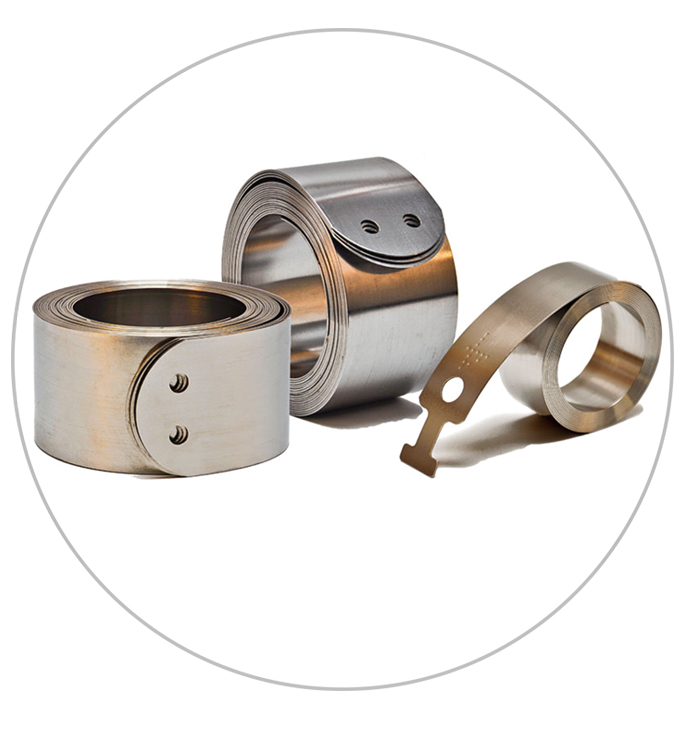
●Contact Springs: are usually conical/tapered springs and used for electric connectivity, like in battery compartments inside remote controls and other battery-powered applications, devices, and mechanisms.
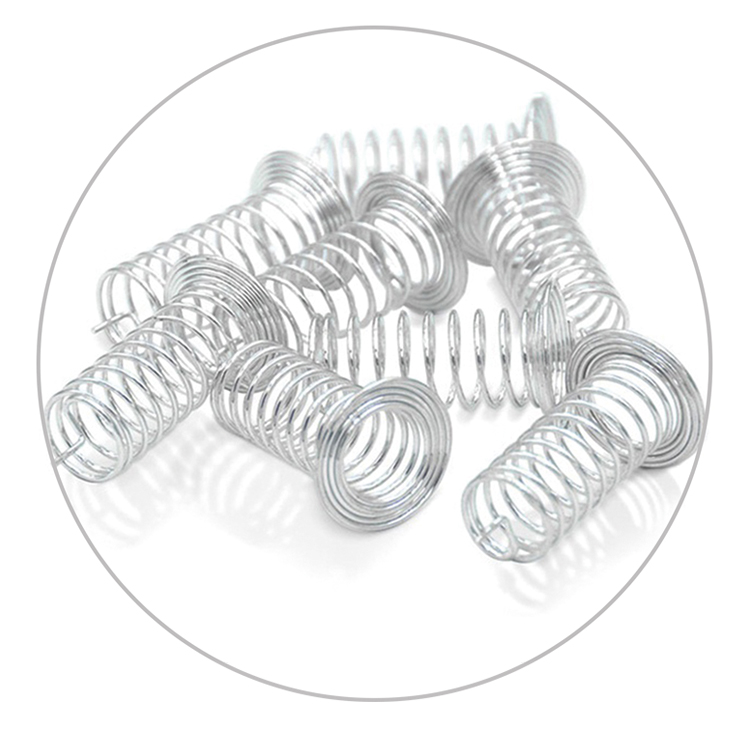
●Wave Springs: are made from coiled flat wire with waves added to give it a spring effect. The number of turns and waves can be easily adjusted to accommodate stronger force or meet specific requirements.
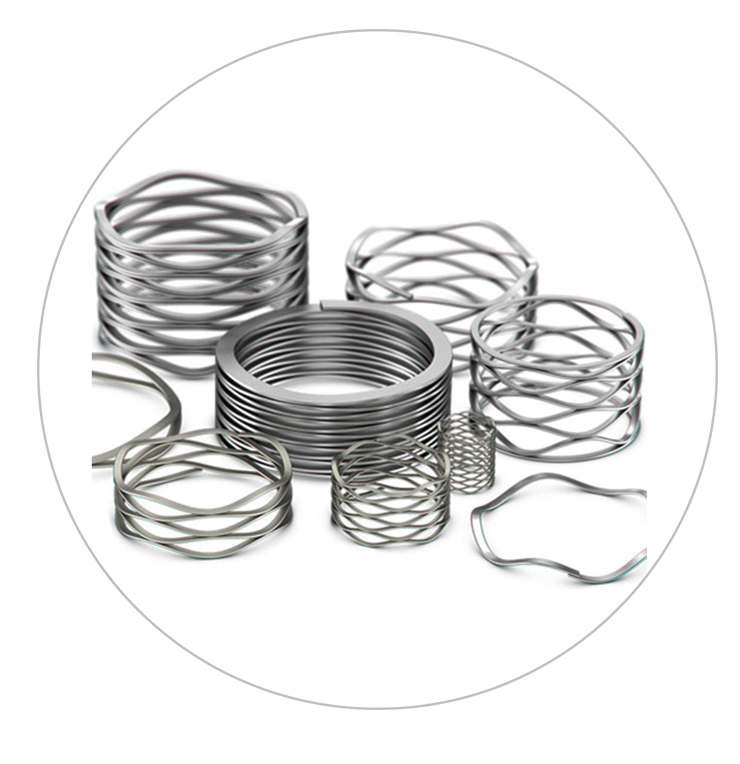
Here we take torsion springs as an example to illustrate their manufacturing process.
●Raw Material Inspection
Inspection and tests on metal wires of mechanical properties, appearance, dimensions etc., to determine or verify materials are met with specification or contract agreed.
●Coiling
There are two ways to coil springs.
1.Cold winding. The spring wire diameter d≤8mm can be coiled by cold winding. This can be done on a dedicated wire spring machine operated by a set-up program at room temperature. The wire is pushed forward over a support block toward a grooved head that deflects the wire, forcing it to bend. The head and support block can be moved relative to each other in as many as five directions to control the diameter and pitch of the spring that is being formed.
For extension or torsion springs, the ends are bent into the desired loops, hooks, or straight sections after the coiling operation is completed.
2.Hot winding. Wire diameter d>8mm can be coiled into springs using this method. Springs coiled in a hot state must be quenched and tempered at medium temperature after coiling. Heated metal helps to increase wire’s flexibility.
Eternal Video - Torsion Spring Coil Process
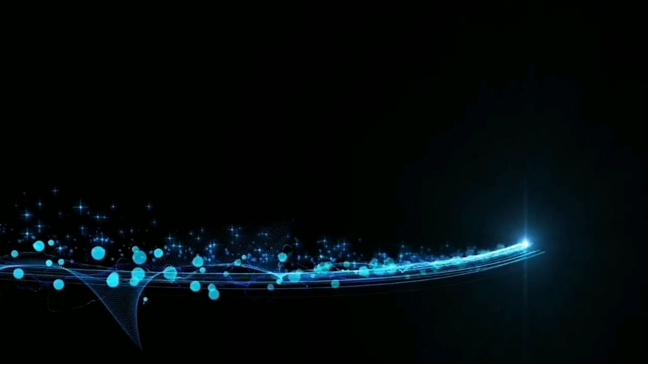
●Stress Relief and Tempering
The coiling process causes stress in the wire, to relieve this stress and allow the steel to maintain its characteristic resilience, reduces dimensional changes, the spring must be tempered by heat treating it. Heating the spring in an oven for a specific amount of time at a set temperature and then allowing it to cool slowly.
●Surface Finish
Many spring coatings and spring surface treatments are available for metals. Some are primarily responsible for corrosion prevention while others are intended to improve the spring surface hardness or wear resistance. Spring coatings are also used to change dimensions (slightly) and to alter some physical properties such as reflectance and color.
1.Electroplating. A process of using electrolysis to plate a layer of metal film to the metal surface, including chrome, cadmium, copper, gold, nickel, silver, tin, zinc plating etc.
2.Chemical conversion coating. A chemical conversion coating is a coating that is produced by electrochemical or chemical reaction of metals, giving a superficial layer which contains the metal compound. It offers economical protection against corrosion and a surface suitable for powder coating and painting. Black oxide, phosphate coating etc are commonly applied.
3.Electroless plating. A method of plating metal by chemical rather than electrical means, in which the piece to be plated is immersed in a reducing agent that, when catalyzed by certain materials, changes metal ions to metal that forms a deposit on the piece.
●Quality Control
The tests include dimension measurement, appearance quality, mechanical properties etc with various testing devices to check completed springs in compliance with specifications.
●Packaging
Pack springs with desired quantities in PE bags with carton, or according to customers’ requirements. No matter what kind of packaging, it is important to avoid any damage or tangling of springs.
Eternal’s dedication to excellence has earned the trust of customers worldwide. We are here to help you manufacture custom springs for just about any application you can think of.
At Eternal, you can always discuss with our expert to help you determine what the most suitable and economical way to produce your product based on its application and environment. We will custom made to your specification and provide the right part, in the right material for your application.

LEAVE YOUR MESSAGES
If you have any questions about products, please contact us.